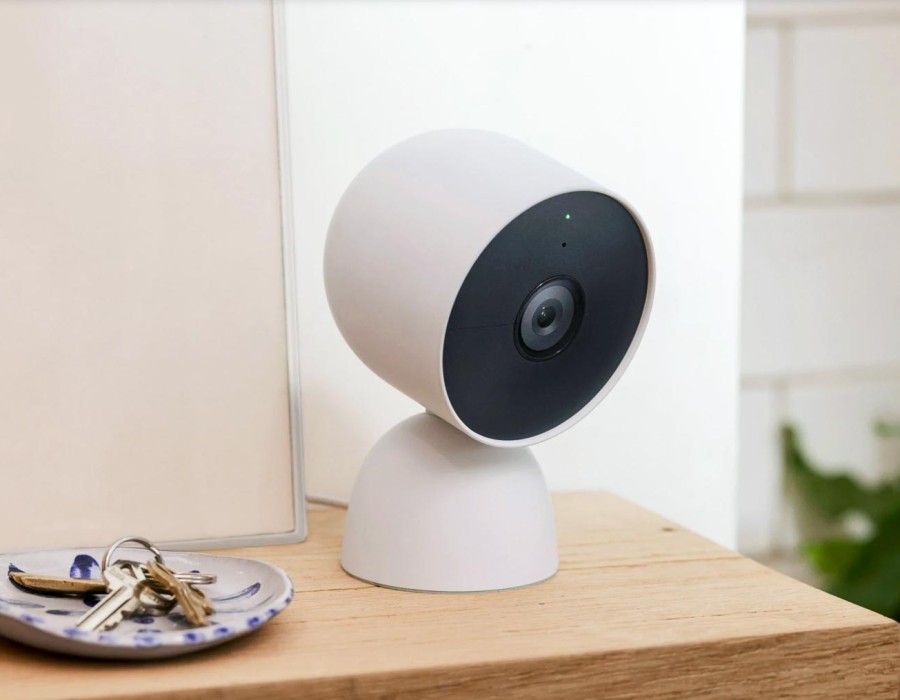Yes, we offer both indoor and outdoor cameras to meet your diverse security needs. Understanding the differences between these types of cameras is crucial for choosing the right one for your specific requirements.
Here’s a detailed comparison to help you make an informed decision:
Indoor Cameras
Purpose:
Indoor cameras are designed to monitor the inside of your home or business. They help you keep an eye on your property, family, pets, and employees.
Features:
- Compact Design: Indoor cameras are typically smaller and more discreet, blending seamlessly into your home decor.
- Simpler Installation: These cameras often require less rugged housing and can be easily installed on walls, ceilings, or shelves.
- Resolution: High-definition video resolution to capture clear images in an indoor setting.
- Field of View: Generally have a wide-angle view to cover more space in a room.
- Connectivity: Often include Wi-Fi capabilities for easy integration with your home network.
- Audio: Many indoor cameras come with two-way audio, allowing you to listen and talk through the camera.
- Motion Detection and Alerts: Advanced motion detection features to alert you of any unusual activity.
Outdoor Cameras
Purpose:
Outdoor cameras are built to secure the perimeter of your property, providing surveillance and deterrence against potential intruders.
Features:
- Weatherproof Housing: Designed to withstand various weather conditions, including rain, snow, and extreme temperatures. They often come with an IP rating indicating their resistance to dust and water.
- Night Vision: Equipped with infrared or other night vision technologies to provide clear images in low-light or nighttime conditions.
- Durability: Built with robust materials to resist tampering and vandalism.
- Higher Range: Often have a longer range for both vision and motion detection to monitor larger outdoor areas like driveways, gardens, and entryways.
- Power Options: Can be powered through wired connections or solar panels, with some models supporting battery power for flexibility.
- Connectivity: Similar to indoor cameras, they often include Wi-Fi capabilities, but also may support more robust, wired network connections for enhanced reliability.
- Motion Detection and Alerts: Advanced motion detection with customizable zones to reduce false alerts from moving foliage or animals.
Choosing the Right Camera for Your Needs
When deciding between indoor and outdoor cameras, consider the following factors:
- Location: Determine where you need surveillance. Indoor cameras are perfect for living rooms, nurseries, or offices. Outdoor cameras are ideal for monitoring entrances, driveways, and backyards.
- Environmental Conditions: Outdoor cameras need to withstand harsh weather and potential tampering, whereas indoor cameras do not have these concerns.
- Specific Features: Decide which features are essential for your security needs, such as night vision, two-way audio, or advanced motion detection.
- Aesthetics: Indoor cameras often come in more stylish designs to match your interior, while outdoor cameras focus more on functionality and durability.
By understanding these differences, you can choose the right camera type to enhance your security system effectively. Whether you need to monitor the inside of your home or secure your outdoor perimeter, we have a range of high-quality cameras to meet your needs.






Comments